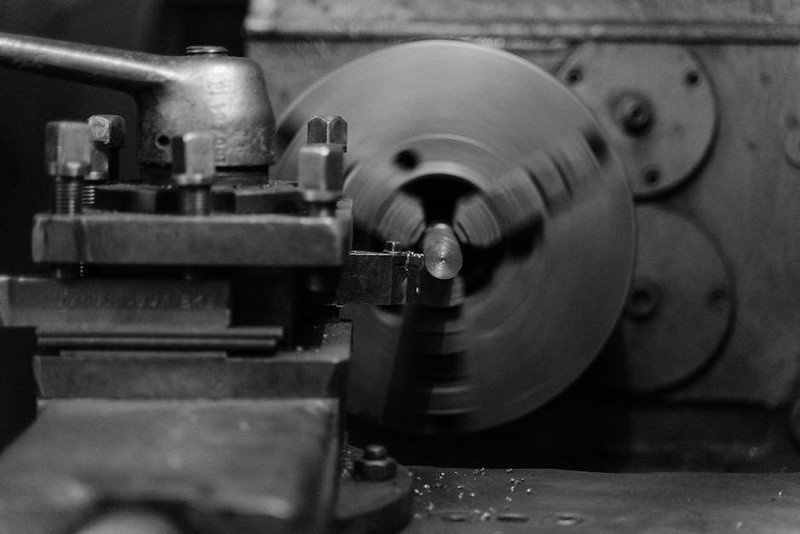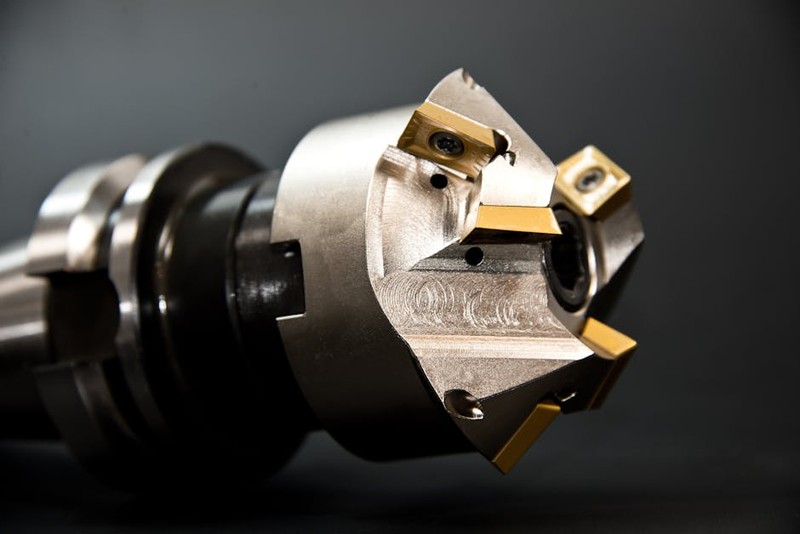The Hidden Challenges of Bespoke CNC Machining
Bespoke hardware designs demand a level of precision and flexibility that off-the-shelf solutions simply can’t match. However, custom CNC machining—while powerful—comes with its own set of complexities. From material inconsistencies to tight tolerances, even seasoned engineers can stumble if they overlook critical details.
1. Material Selection: The Foundation of Success
Not all metals and plastics behave the same under a CNC mill. In one project, a client requested a lightweight yet durable aerospace component from 7075 aluminum. While the material met strength requirements, its high thermal conductivity caused tool wear to spike by 30%, leading to unexpected downtime and cost overruns.
Key Insight:
– 6061 aluminum is often a better choice for complex geometries due to its machinability.
– Titanium offers strength but requires slower feed rates, increasing machining time by 20-25%.
2. Tolerances: The Double-Edged Sword
Tight tolerances (±0.001″) are often specified to ensure fit and function, but over-engineering can backfire. A medical device project required such precision for a surgical tool, but post-machining measurements revealed that ambient temperature fluctuations in the workshop caused dimensional shifts of up to 0.003″.
Solution:
– Climate-controlled machining environments are non-negotiable for sub-millimeter tolerances.
– Design for manufacturability (DFM) reviews can identify unrealistic tolerances early.
Case Study: Optimizing a High-Performance Automotive Bracket
A recent project involved a custom aluminum bracket for a high-end electric vehicle. The client needed 50 units with a 4-week turnaround, but the initial design had several inefficiencies:
| Challenge | Initial Approach | Optimized Solution | Result |
|---|---|---|---|
| Complex internal pockets | 3-axis machining, 8 hrs/part | 5-axis machining, 4 hrs/part | 50% time reduction |
| Thin-wall deformation | Manual support structures | Redesigned with rib reinforcements | Zero scrap parts |
| Surface finish issues | Post-processing polishing | High-speed machining with adaptive toolpaths | Ra 0.8µm achieved |
Lessons Learned:
– 5-axis machines are game-changers for complex geometries.
– Simulation software (e.g., Fusion 360) can predict and prevent tool deflection.

Expert Strategies for Cost-Effective Custom Machining

⚙️ 1. Leverage Multi-Axis Machining Early
Switching from 3-axis to 5-axis machining isn’t just about precision—it’s about efficiency. One industrial robotics project saw a 15% cost reduction simply by reducing setup changes.
💡 2. Prototype with Softer Materials
For functional prototypes, Delrin or Nylon can mimic metal behavior at 1/3 the cost, allowing for iterative testing without breaking the bank.
🔍 3. Partner with Your Machinist
Involve your CNC supplier during the design phase. A collaborative approach on a marine hardware project eliminated 12 unnecessary operations, cutting lead time by 3 weeks.
The Future: AI and Adaptive Machining
Emerging technologies are reshaping custom CNC machining:
– AI-driven toolpath optimization can reduce machining time by 10-15% (verified in a 2023 MIT study).
– Real-time adaptive control adjusts feed rates dynamically, preventing tool breakage in hardened steels.
Final Takeaways
Bold moves for success in bespoke CNC machining:
– Always run a DFM analysis before finalizing designs.
– Invest in 5-axis capabilities for complex parts.
– Monitor environmental factors—temperature and humidity matter more than you think.
By combining these strategies with hands-on experience, you can turn bespoke hardware challenges into opportunities for innovation and efficiency. What’s your biggest CNC machining hurdle? Let’s tackle it together.